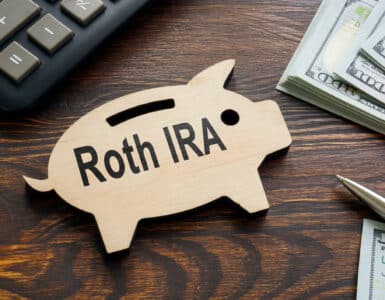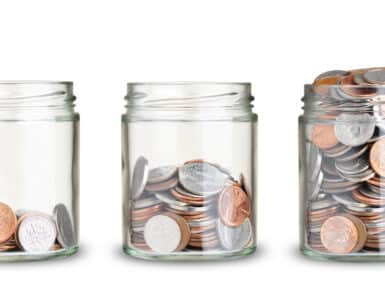You have probably heard by now the Federal Reserve has been raising short-term interest rates in recent months to help ease what feels like out-of-control inflation in the United States. The hope is for a soft landing for the economy, to avoid a long-lasting recession. Whether that’s possible at this point is still up for debate.
At the same time, the stock market has been on a wild ride this year, plunging downward and then roaring back up like a theme park rollercoaster. With all the ups and downs, you may be tempted to cash out for what seems like safer investments. History shows us that’s not the best move. It’s wise to keep your money where it is in the market and continue contributing to your retirement accounts that are tied to the markets.
That said, if you already have an emergency fund sitting at the ready, with at least three to six months worth of living expenses stashed in a separate account, and want to earn more than the pennies per quarter you are likely making in a traditional savings account right now, here’s a suggestion:
U.S. Savings Bonds
They may seem old-fashioned, but the renewed interest in Federal I Savings Bonds is for good reason. Issued by the U.S. Treasury, the I stands for inflation. For these bonds, which are available for purchase online, the inflation rate resets in November and May each year. The current rate for I Bonds purchased after May 1, 2022, is 9.62%. There are a few drawbacks, since you can only purchase up to $10,000 worth per calendar year for yourself. The bonds are intended to be held for 20 years, but can be held for up to 30 years. The good news is, you can cash them in without penalty after just five years. The better news is they can be cashed in after a holding period of one year, though a penalty will apply as the last three months of interest would be lost.
With reporting by Casandra Andrews






